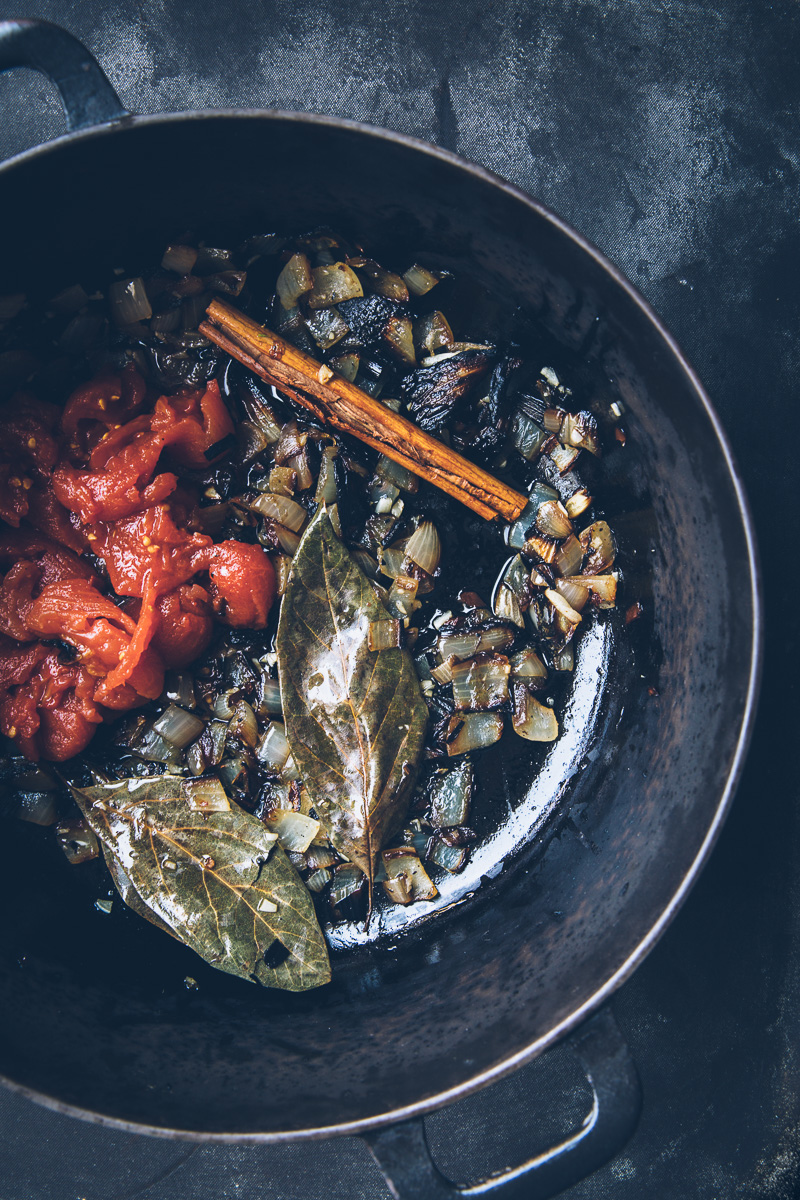After my trips to Paris and Oaxaca, arriving home in the middle of our depressing political situation and abysmal Seattle weather had me in a proper funk.
The kind of funk that leaves you struggling to get out of bed in the morning. A funk that makes eating cookies for breakfast, lunch and dinner sound like a good idea. The sort of funk that requires spending as much time as possible in stretchy clothing (preferably pyjamas) in order to avoid feeling bad about all those cookies you ate.
But the good news is I think I’m finally emerging from this tailspin.
Beau once told me about a Kanye interview in which Mr. West declared his personal mantra: “My life is dope and I only do dope things.” Now, when I find myself feeling small or like an impostor or afraid to pursue my dreams, I try to channel Kanye’s manifesto of personal awesomeness.
To that end, I have started taking better care of myself again. I’m wearing grown-up clothes with zippers and buttons instead of lycra and spandex. I have replaced cookies with home-cooked meals. I’ve booked tickets to go see my best friend and her kidlets in Wichita and to spend some time under the California sun. I’m planning some fun travel around my Paris workshop in May (Hello, Scotland!). I’m organizing volunteers and testing recipes for next week’s Love Trumps Hate fundraising dinner.
Earlier this week, I wanted to go back to bed and sleep until summertime. Today, I managed to shop for, test and shoot this Smoky Tomato Broth with Masa Dumplings and Black Beans. So things are looking up!
Hoping things are looking bright for you this weekend and sending you a reminder that your life is dope and you should only do dope things!
XO,
Olaiya
Smoky Tomato Broth with Masa Dumplings and Black Beans
- 1/2 cup dried black beans, soaked and cooked (or 1 can black beans)
- 1 large onion
- 4 dried smoked serranos (or other smoky dried chiles)
- 2 teaspoons whole cumin seed
- 2 tablespoons neutral tasting high-heat oil (I used avocado oil), plus additional for frying the dumplings
- 2 cloves garlic, minced
- 3 avocado leaves or 2 bay leaves
- 1 stick canela (Mexican cinnamon, also known as Ceylon or true cinnamon)
- 1 28-oz can whole peeled tomatoes or diced tomatoes
- 2 tablespoons Mexican chocolate or cocoa powder
- 3-4 cups bean cooking liquid or vegetable or chicken stock (preferably homemade)
- Salt, to taste
- Piloncillo or brown sugar, to taste
- 1 cup instant masa harina
- 1 thinly sliced avocado, to serve
- ½ cup crumbled queso fresco (or mild feta), to serve
- ¼ cup cilantro leaves, to serve
*Notes: Home cooked beans are best in this recipe but canned will work in a pinch.
- I recommend searching out the specialty Mexican ingredients in this recipe if you can. If there’s a Mexican tienda near you, you’ll likely be able to find them there. If not, you can order on-line. I get it if you don’t want to track them all down, but this soup is so much more wonderful and subtle with these ingredients instead of substitutes.
- For the masa dumplings, called chochoyotes, you can fry them as I call for in this recipe or you can cook them in your soup for 10-15 minutes until they’re cooked through. I like the crunch of the fried chochoyotes to add some textural variance, but they’re delicious both ways.
- The broth tastes even better the next day, so make it a day in advance if you have time. The dumplings should be made just before serving.
- I wanted to keep this recipe vegan- and vegetarian-friendly, but you can use lard instead of oil if you want. You can also add a tablespoon of lard to the dumpling dough to make your dumplings a bit more tender. If you have access to the lard left over from making chicharrones, a) you are a very lucky person and b) you should use that.
- To turn this soup into a heartier meal, you can add a poached egg or two or some shredded cooked chicken or pork.
Soup prep
If you've cooked your own beans, let them cool in their cooking water then remove them with a slotted spoon (dumping them into a colander while they’re hot leads to smooshed beans). Be sure to reserve the cooking liquid. If you’re using canned, drain and rinse them before using. Set aside.
Preheat your broiler and line a sheet pan with foil. Peel your onion. Leave the root end intact but trim the hairs down. Slice the onion in half through the root end then slice each half into sixths, so that each section has a little bit of the root holding it together. Place the onion, cut-side-down on your sheet pan and broil until the onion is nice and charred (but not burnt to a crisp). Flip and cook until the other side looks the same then remove from the oven and set aside to cool. (You can do this on a grill heated to high if you prefer.)
Place the smoked serranos in a heatproof bowl and cover with 2 cups of boiling water. Set aside for at least 30 minutes to soften. Do not discard the soaking liquid.
Toast the cumin seeds in a heavy pan over medium-low heat until fragrant and a shade or two darker. Set aside to cool before grinding them in a spice grinder. Set ground cumin aside.
To make the soup
When the onions have cooled enough to be handled, roughly dice them, discarding the root ends. Dice enough of the soaked chiles to yield 2 teaspoons (discard the seeds unless you LOVE super spicy food). Heat 2 tablespoons of the oil in a heavy-bottomed stock pot or Dutch oven over medium heat. Add the diced onion, garlic, avocado leaves and 2 teaspoons of the diced chiles. Cook until the onions and garlic have softened, about 5 minutes) then add the canela and ground cumin. Cook for 1 minute, stirring often.
Add the tomatoes with their juice, Mexican chocolate or cocoa powder, 3 cups of the bean cooking liquid or stock, ½ cup of the chile soaking liquid and a generous pinch of salt. If you want more spice, add more of the chile soaking water and/or diced chiles. Add piloncillo or brown sugar to taste--you want just enough to balance out the acid in the tomatoes and any bitterness from the chocolate. Bring to the boil over high heat then reduce heat to low and cook, covered, at a bare simmer for 30-40 minutes.
While the soup is simmering, make the chochoyote (dumpling) dough. In a medium bowl, mix the masa harina, a generous pinch of salt and ½ cup plus 3 tablespoons hot water. Knead until pliable and smooth, about a minute. Form the dough into a ball, wrap tightly with plastic wrap and rest for 30 minutes.
When the broth is done, carefully strain it through a sieve, pressing on the solids to extract as much liquid as possible. If your broth is thicker than you’d like, add a bit more bean liquid, stock or water to thin it. Taste and adjust seasonings. Return to the pot, add the beans, and keep warm while you make the chochoyotes.
Pour high-heat vegetable oil to a depth of 1 ½ inches in a small saucepan. Heat over medium heat to around 325°F. While the oil is heating, cut the dough into quarters and roll each quarter into a log roughly 1-inch thick. Use a knife or bench scraper to cut the log into 1-inch pieces. Roll a piece of dough into a ball then place on your work surface and use your finger to make a deep indentation in the ball. Repeat with the rest of the dough.
Add some of the dumplings to the hot oil, taking care not to crowd the pan. Fry, turning once, until golden brown, about 4 minutes. Transfer cooked chochoyotes to a paper towel lined plate and salt generously. Repeat with the rest of the dumplings.
Ladle the hot soup into serving bowls. Add a few of the chochoyotes and garnish with avocado, queso fresco and cilantro. Serve immediately.
Makes 4-6 servings.

























